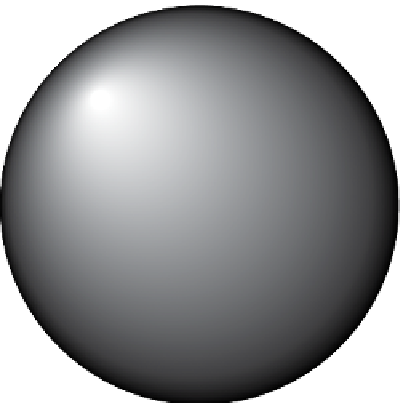Chemistry Reference
In-Depth Information
1.7
WhAt Is ultrAsound (us)?
Ultrasound waves are longitudinal sound waves that oscillate back and forth. Sound waves travel at a fixed velocity and
oscillate by compression and decompression of the medium through which they are travelling or transmitting [40]. In US
imaging, sound waves are emitted as pulses that are partly reflected and transmitted from a boundary between two tissue
structures and are detected as echoes. The reflections of these waves are dependent on the different acoustical impedance
between the two tissues: The larger the difference is, the stronger the signal of the echo would be. The echo is caused by the
depth of the tissue interface and is the measured time response for the echo to travel back (Figure 1.22) [42, 43].
1.7.1
Basic Principles
The ultrasound used in diagnostic applications has frequencies (1-12 MHz) higher than typical human hearing frequency ranges
(15 000 ~ 20 000 Hz) [43]. Unlike sound waves with lower frequencies that could diffract around corners, ultrasound travels more
in a straight line, like electromagnetic light beams, and thus will be reflected. They are however, still longitudinal waves (Figure 1.23).
HSA shell
F
F
F
F
F
F
F
F
Octafluoropropane
FIgure 1.22
Microbubble, a typical contrast agent used in US.
Wavelength
Direction of travel
Movement of the
air molecules
Refraction
Compression
FIgure 1.23
Basic properties of sound waves.

















